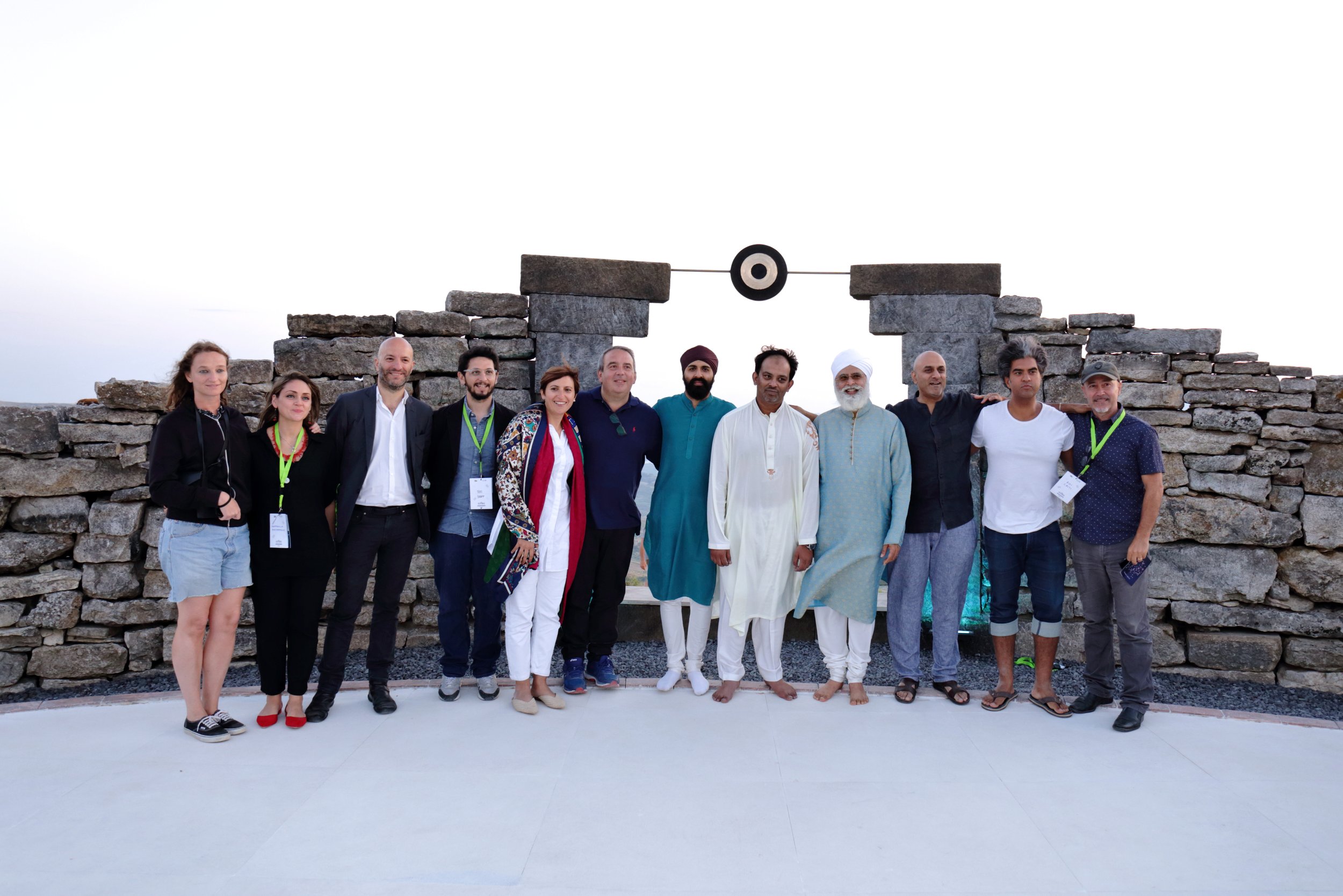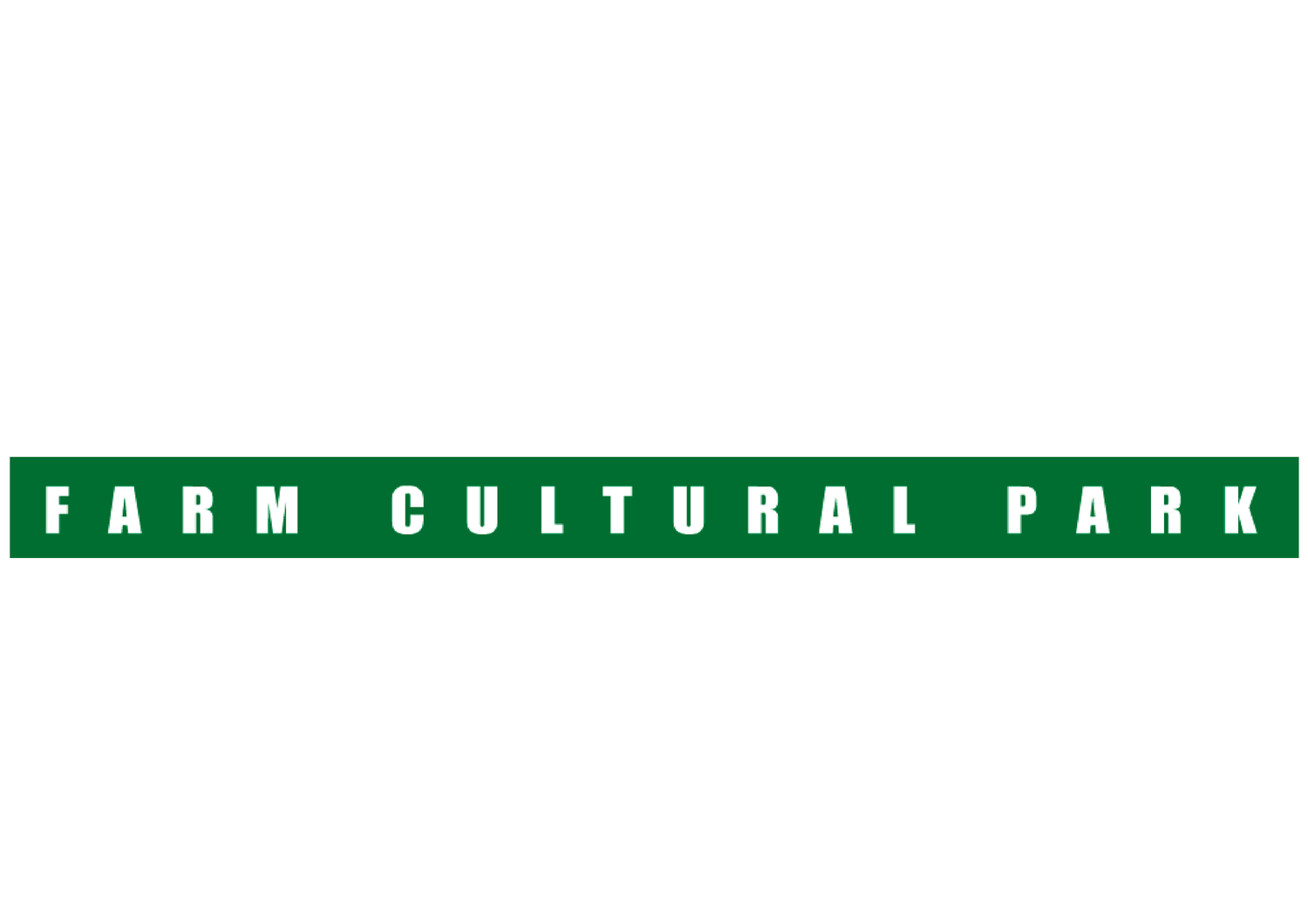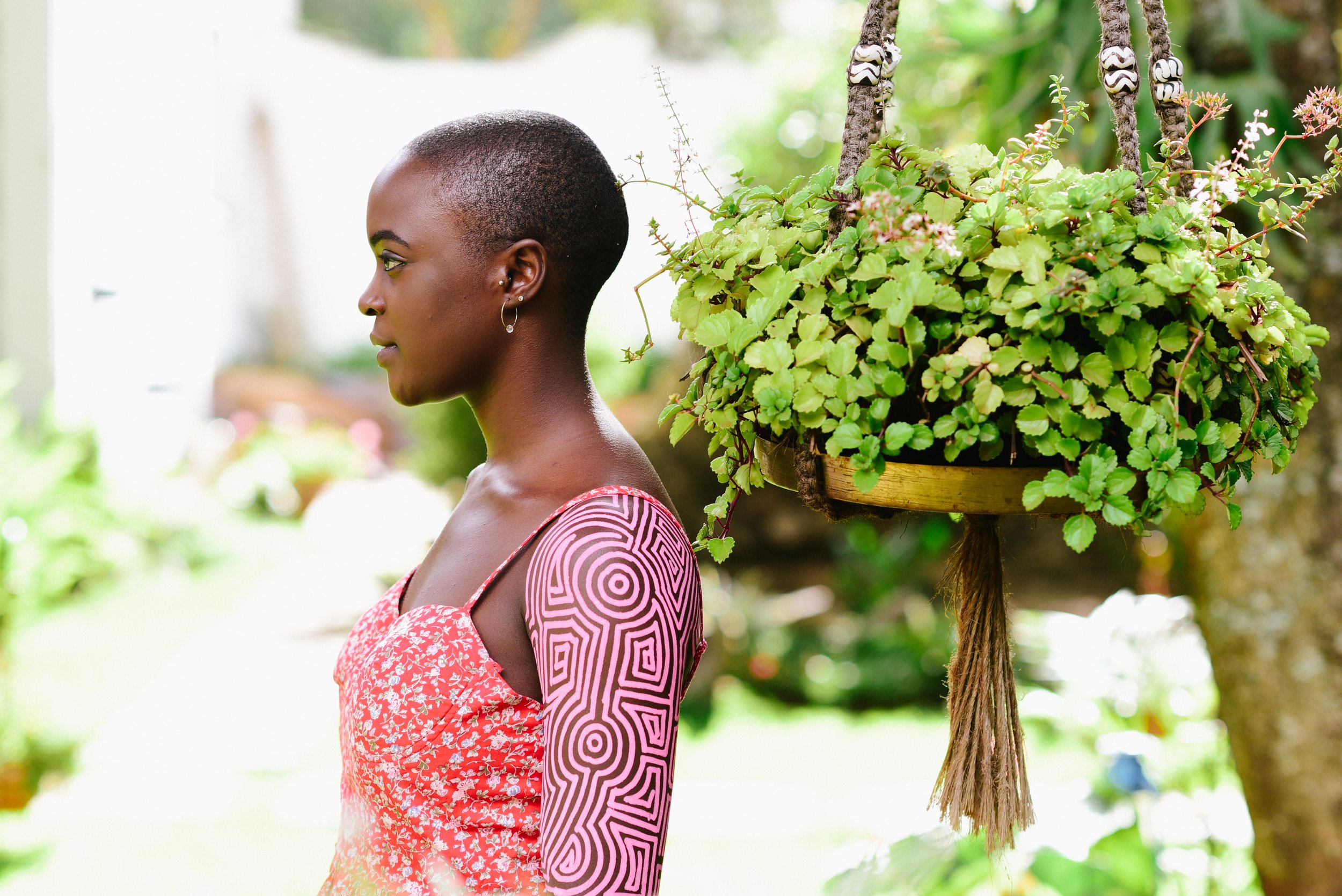
Travel around the world with Countless Cities
The Museum and Biennial of the Cities of the World.
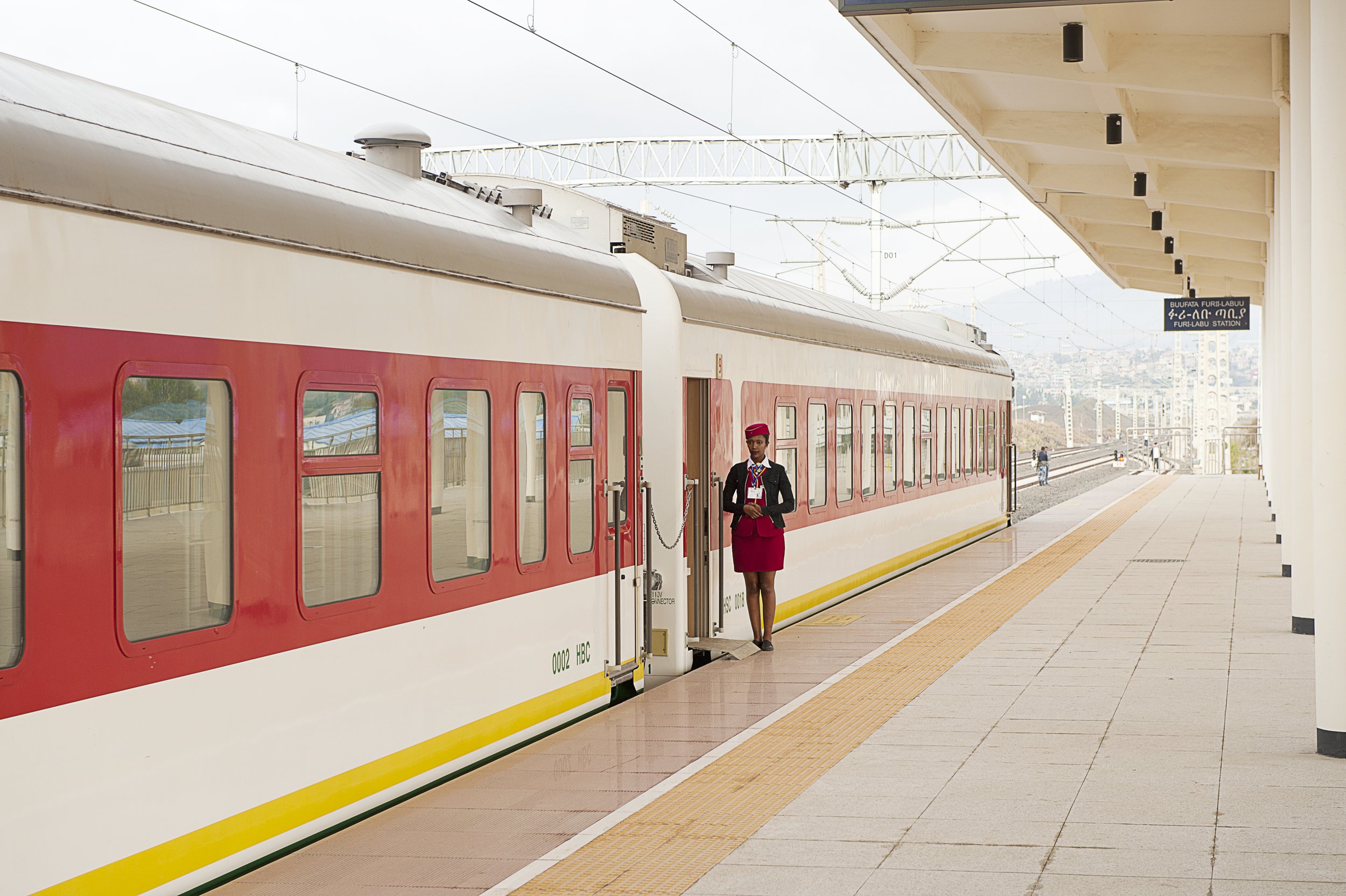
What's on
Opening Soon
MUSEO delle
CITTA’ del MONDO
Countless Cities 2025
-
Mazzarino
"The Gaza Genocide" is an exhibition documenting the ongoing genocide in Gaza through photos, documentaries, and testimonies, curated by RING.
“The Gaza Genocide” è una mostra che documenta il genocidio in corso a Gaza attraverso fotografie, documentari e testimonianze, a cura di RING.

-
Riesi
In collaboration with Muffuletteria, "Hygge Garden": a pavilion that blends nature, design, and well-being, bringing the tranquility of Copenhagen.
In collaborazione con Muffuletteria, “Hygge Garden”: un padiglione che unisce natura, design e benessere, raccontando la tranquillità di Copenhagen.

-
Gela
In Gela, with Civico 111, from 7 PM the Vilnius Pavilion “The Memory of Nature” opens, curated by Chilean artist Joaquín Mora.
A Gela, con Civico 111, dalle ore 19 apre il Padiglione di Vilnius “The Memory of Nature”, a cura dell’artista cileno Joaquín Mora.

-
Favara
Three new pavilions—South Korea, Sudan, and Congo—explore tradition, conflict, and resilience in a world shaped by crisis and change.
Tre nuovi padiglioni — Corea del Sud, Sudan e Congo — esplorano tradizione, conflitto e resilienza in un mondo plasmato dalla crisi e dal cambiamento.

-
Agrigento
In Agrigento’s Ex-Carcere di San Vito with pavilions on Nazareth, Medellín, and Haiti—stories of identity, resilience, and crisis.
All’Ex Carcere di San Vito ad Agrigento, con padiglioni dedicati a Nazareth, Medellín e Haiti — storie di identità, resilienza e crisi.

-
Aragona
School of Life, an urban regeneration project by Andrea Mineo with four international artists.
School of Life, un progetto di rigenerazione urbana di Andrea Mineo con quattro artisti internazionali.

-
Alcamo
On Friday, July 4 in Alcamo opening: Bordeaux Pavilion and Olivier Garraud’s L’Office du Dessin
Venerdì 4 luglio ad Alcamo: inaugurazione del Padiglione di Bordeaux e di L’Office du Dessin di Olivier Garraud.

-
Palermo
Opening with two major exhibitions, the Museum of World Cities.
Inaugurazione del Museo delle Città del Mondo con due grandi mostre.

“I will never leave my home ALIVE” - Nazareth Pavilion
Ex Carcere San Vito- Agrigento
Through a multi-modal artistic presentation of photographs, sound installation, digital sonic map and art installation, the pavilion will display the interaction between threads ; concrete and zinco, to embody the violent spatial and architectural transformations of Al souk genuine urban fabric, aimed to conceal Palestinians and disconnect them from their organic growth, causing their disappearance and removal. Within the gaps of uncertainty where people live surrounded with ruins; abandonment; layers of random cheap structures and alien materials concealing heritage houses and winding alleys ; misused micro- public spaces for waste ; and the absence of safety through the spread of crime ; all are a combination of a dissonance urbanscape and urban environment, pushing people away, not only out of Nazareth, but even out of palestine. Despite all these methods Can Palestinians reappropriate hidden spaces as a mean to reclaim? Reclaim what was stolen, their dreams, passions, imagination and hope!! The overall concept is to discover spaces that evoke a sense of absence and loss. Addressing existing architectural heritage not only for its physical presence but rather what is forgotten, stolen and missing from it, where the absence of those who participated in shaping these spaces and its identity, become a powerful architectural tool for palestinian presence reclamation.
Attraverso una presentazione artistica multimodale composta da fotografie, video, installazione sonora, mappa sonora digitale e installazione artistica, il padiglione mette in scena le violente trasformazioni spaziali e architettoniche del tessuto urbano autentico di Al Souk. Trasformazioni pensate per occultare i palestinesi e disconnetterli dalla loro crescita organica, provocandone la scomparsa e la rimozione. Negli interstizi dell’incertezza, dove le persone vivono circondate da rovine, abbandono, strati di strutture casuali e a basso costo e materiali estranei che occultano case storiche e vicoli tortuosi; dove micro-spazi pubblici vengono impropriamente utilizzati come discariche; e dove l’assenza di sicurezza, dovuta alla diffusione della criminalità, è costante — tutto concorre a un paesaggio urbano dissonante e a un ambiente che respinge le persone, spingendole non solo fuori da Nazareth, ma persino fuori dalla Palestina. Nonostante questi metodi, possono i Palestinesi riappropriarsi dei loro luoghi come mezzo di riscatto? Riscattare ciò che è stato sottratto: sogni, passioni, immaginazione e speranza. Il senso complessivo è quello di scoprire spazi che evocano un senso di assenza e perdita, affrontando il patrimonio architettonico esistente non solo per la sua presenza fisica, ma per ciò che in esso è dimenticato, rubato e mancante. L’assenza di coloro che hanno contribuito a plasmare questi spazi e la loro identità diventa così un potente strumento architettonico di rivendicazione della presenza palestinese.
Climate, Chaos and Conflict: Political Instability in the Sahel Pavilion
Sette Cortili- Favara
In the heart of the Sahel, Sudan is experiencing the dramatic consequences of both climate and political instability. Climate change exacerbates resource scarcity, fueling ethnic tensions and armed conflict. This pavilion explores the connection between the environment and war, and the resulting humanitarian challenges. A journey through resistance, forced migration, and the struggle for survival. The Pavilion originates from the research work of Frances Carlson and Beatrice Baldi, and is coordinated by Carla Bartoli of RING.
Nel cuore del Sahel, il Sudan sta vivendo le drammatiche conseguenze di una doppia instabilità, climatica e politica. Il cambiamento climatico aggrava la scarsità di risorse, alimentando tensioni etniche e conflitti armati. Questo padiglione esplora il legame tra ambiente e guerra e le conseguenti sfide umanitarie. Un viaggio attraverso la resistenza, la migrazione forzata e la lotta per la sopravvivenza. Il Padiglione nasce dal lavoro di ricerca di Frances Carlson e Beatrice Baldi ed è coordinato da Carla Bartoli di RING.
“The Gaza Genocide -Una delle più gravi catastrofi umanitarie e morali del nostro tempo”
Palazzo Tortorici- Mazzarino
An exhibition of denunciation and remembrance that, through photographs, documentaries, testimonies, and geopolitical analysis, documents the horrific reality of the Gaza Strip, where an ongoing genocide is causing thousands of deaths and displacements. This is the first of the Pavilions curated by RING Beyond Borders, an international organization of young political science researchers dedicated to promoting cultural integration, disseminating information, and developing inclusive policies, with a particular focus on migration and global conflicts.
Una mostra di denuncia e di memoria che, attraverso fotografie, documentari, testimonianze e analisi geopolitiche, documenta la drammatica realtà della Striscia di Gaza, dove un genocidio in corso sta causando migliaia di morti e di sfollati. Questo è il primo dei Padiglioni curati da RING Beyond Borders, un’organizzazione internazionale composta da giovani ricercatori in scienze politiche, impegnata nella promozione dell’integrazione culturale, nella diffusione dell’informazione e nello sviluppo di politiche inclusive, con particolare attenzione ai temi delle migrazioni e dei conflitti globali.
We believe necessary for artists and exhibitions to become nomads and to cross frontiers both physically and mentally. Overcoming national borders, allow languages and cultures to spread in all directions, to widen the horizon of translation skills.
Riteniamo necessario che artisti e mostre diventino nomadi e attraversino le frontiere sia fisicamente che mentalmente. Superare i confini nazionali significa permettere alle lingue e alle culture di diffondersi in tutte le direzioni, ampliando l’orizzonte delle capacità di comprensione reciproca.
Over the course of its four editions, the Biennale has addressed protest movements in the suburbs of London linked to the challenges of gentrification, as well as those of students in Hong Kong and farmers in New Delhi. We have explored complex places such as Cairo’s “Garbage City,” the “Villas Miseria” of Buenos Aires, and “Guapira II” in São Paulo, and we have proposed the rediscovery and regeneration of symbolic sites such as Fuerte Cultural Park in Caracas and Burj El Murr in Beirut.
Our journey has been enriched by the work of cultural activists Razan Zoubi-Zeidani in Nazareth, Lyra Aoko and Michael Soi in Nairobi, Nana Zaalishvili in Tbilisi, Ali Matay in Izmir, Erika Linenfelser in Detroit, and Corben Mudjandi in Jabiru, along with many other artists, curators, and creatives from all over the world.
Nel corso delle sue quattro edizioni, la Biennale ha affrontato i movimenti di protesta nelle periferie di Londra legati ai problemi della gentrificazione, così come quelli degli studenti di Hong Kong e degli agricoltori di New Delhi. Abbiamo raccontato luoghi complessi come la “Garbage City” del Cairo, le “Villas Miseria” di Buenos Aires o “Guapira II” a San Paolo, e abbiamo proposto la riscoperta e la rigenerazione di luoghi simbolici come il Fuerte Cultural Park di Caracas o il Burj El Murr di Beirut.
Il nostro percorso è stato arricchito dall’attivismo culturale di Razan Zoubi-Zeidani a Nazareth, Lyra Aoko e Michael Soi a Nairobi, Nana Zaalishvili a Tbilisi, Ali Matay a Smirne, Erika Linenfelser a Detroit e Corben Mudjandi a Jabiru, insieme a numerosi altri artisti, curatori e creativi provenienti da ogni parte del mondo.
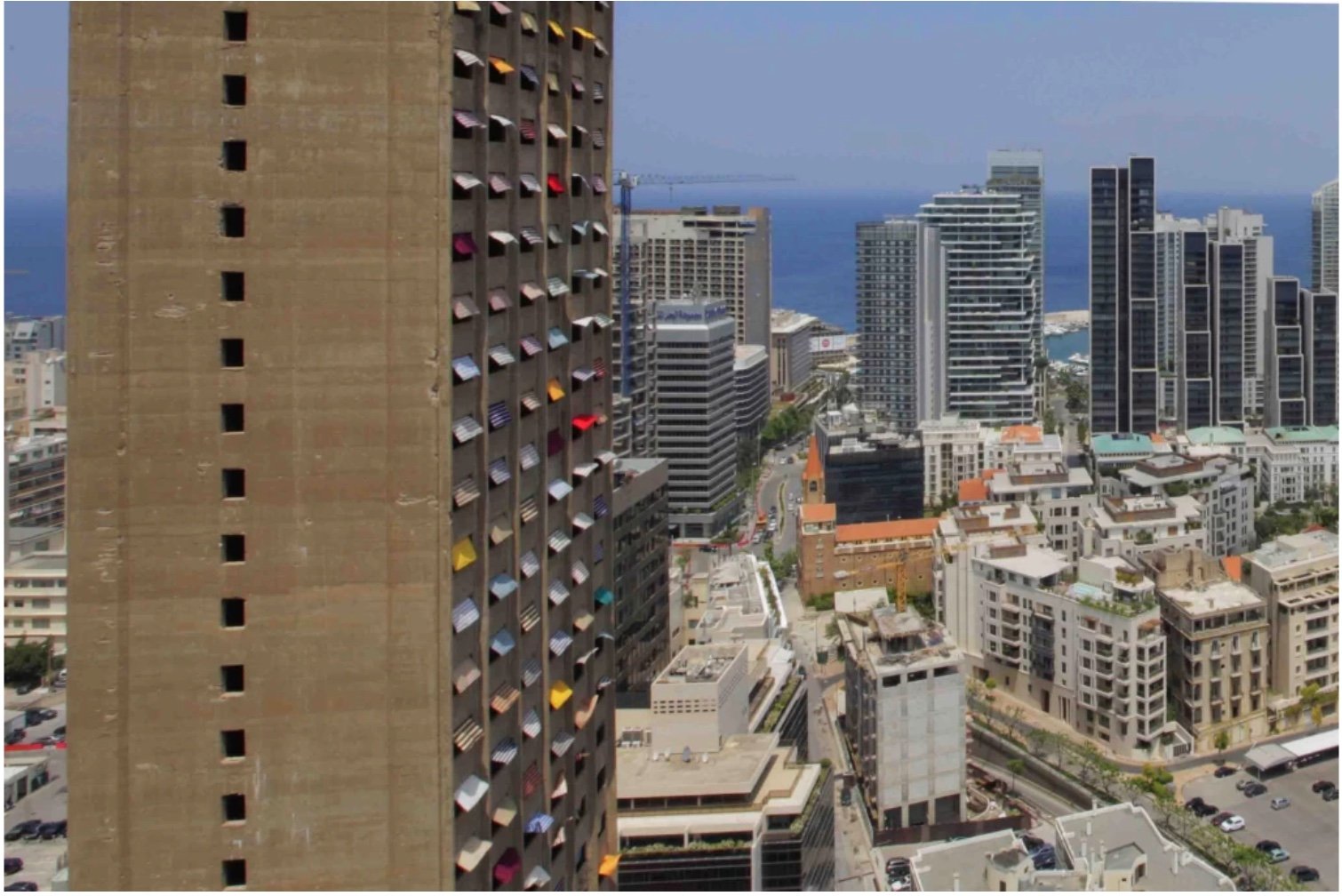
“Countless Cities” has also become a great event that brings hundreds of artists, architects, and curators to Sicily every two years, as well as a few hundred thousand visitors. This splendid opportunity promotes intercultural understanding and dialogue between different urban communities, breaking down barriers and prejudices, promotes greater interaction and connection between people from different backgrounds, and strengthens networks and collaborations between municipalities, diplomatic missions, cultural institutions, artists, organizations and research institutes on a global level. These partnerships often last over time and lead to further shared projects and initiatives. Moreover, the Biennale has become a great attraction for tourists and visitors interested in culture and the future of cities, generating important economic benefits for Favara and, today, also Mazzarino, Agrigento and Palermo, contributing to an increase in their prestige and international visibility.
“Countless Cities” è diventata anche un grande evento che, ogni due anni, porta in Sicilia centinaia di artisti, architetti e curatori, oltre a qualche centinaio di migliaia di visitatori. Questa straordinaria opportunità favorisce la comprensione interculturale e il dialogo tra diverse comunità urbane, abbattendo barriere e pregiudizi, promuovendo una maggiore interazione e connessione tra persone provenienti da contesti differenti e rafforzando reti e collaborazioni tra comuni, missioni diplomatiche, istituzioni culturali, artisti, organizzazioni e istituti di ricerca a livello globale.
Queste partnership spesso si consolidano nel tempo e danno vita a ulteriori progetti e iniziative condivise. Inoltre, la Biennale è diventata una forte attrazione per turisti e visitatori interessati alla cultura e al futuro delle città, generando importanti benefici economici per Favara e, oggi, anche per Mazzarino, Agrigento e Palermo, contribuendo ad accrescerne il prestigio e la visibilità internazionale.

Which City do you feel you belong to?
A quale città senti di appartenere?
Past editions
-

2023
Is there an ideal city? This profound question likely inspired architect Paolo Soleri to design and build Arcosanti, a visionary urban experiment in the Arizona desert. Similarly, it drove Pastor Tullio Vinay of the Waldensian Community to establish Monte degli Ulivi in Riesi, a center for social and cultural renewal in Sicily. Both projects embody the search for a harmonious balance between human habitation and the environment, offering alternative models of community that challenge conventional urban planning
-

2021
Shifting the axis of research from the state dimension to that of cities means opting for a more human approach. It means embracing an idea of design that provides concrete solutions to improve the living conditions of people within urban spaces, across all latitudes, by fostering inclusivity and sustainability. This approach sows dreams, hopes, and the desire to act, encouraging communities to reimagine their environments. By focusing on cities, we address challenges at a scale that directly impacts people's daily lives, promoting a future where urban spaces are not just functional, but also vibrant and equitable
-

2019
We portrayed the Africa that was not commonly depicted—the Africa of the new generations, of new forms of leadership and governance, of sustainable development. It was more necessary than ever to propose alternative models to Matteo Salvini's policies; we were absolutely against the politics of fear and firm advocates of the importance of building and maintaining international political, diplomatic, and cultural relations. Furthermore, quite frankly, we had had enough of the stereotypical narrative of Africa as a place of war, famine, and calamity."
Winner
Human Design City Award
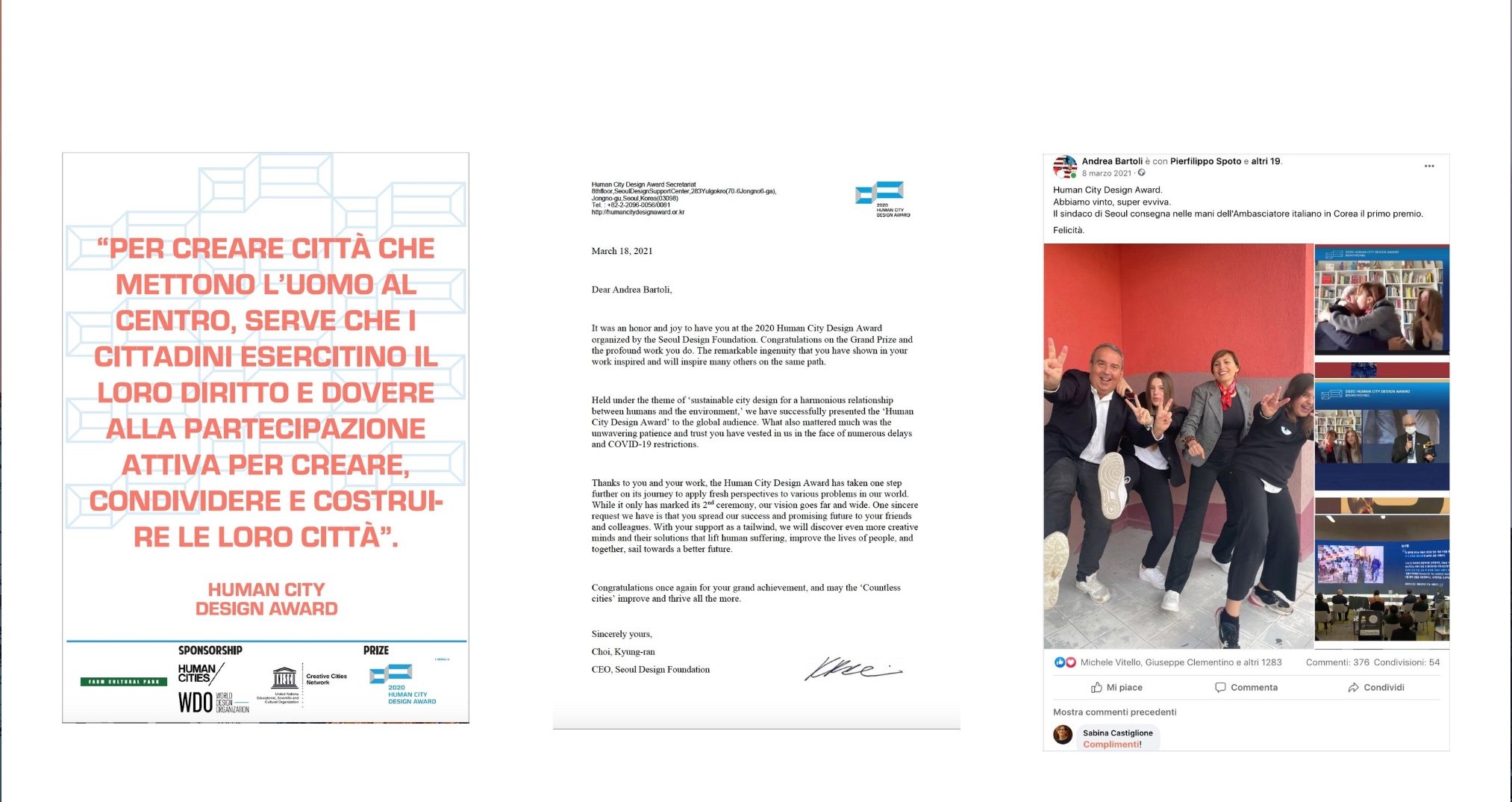
“Countless Cities” has been and continues to be a great challenge for Farm Cultural Park. We are confronted with a complex and ambitious project that is, at the same time, cohesive with our mission: to improve not only ourselves but the cities we live in. We felt the need for a broader view, to have a large cultural container that, every two years, would allow us to understand what makes a city unique, how it works, and why we feel fascinated by some cities more than others.
“Countless Cities” è stata e continua a essere una grande sfida per Farm Cultural Park. Ci confrontiamo con un progetto complesso e ambizioso che, allo stesso tempo, è pienamente coerente con la nostra missione: migliorare non solo noi stessi, ma anche le città in cui viviamo.
Abbiamo sentito il bisogno di uno sguardo più ampio, di un grande contenitore culturale che, ogni due anni, ci permettesse di comprendere che cosa rende una città unica, come funziona e perché alcune città ci affascinano più di altre.
